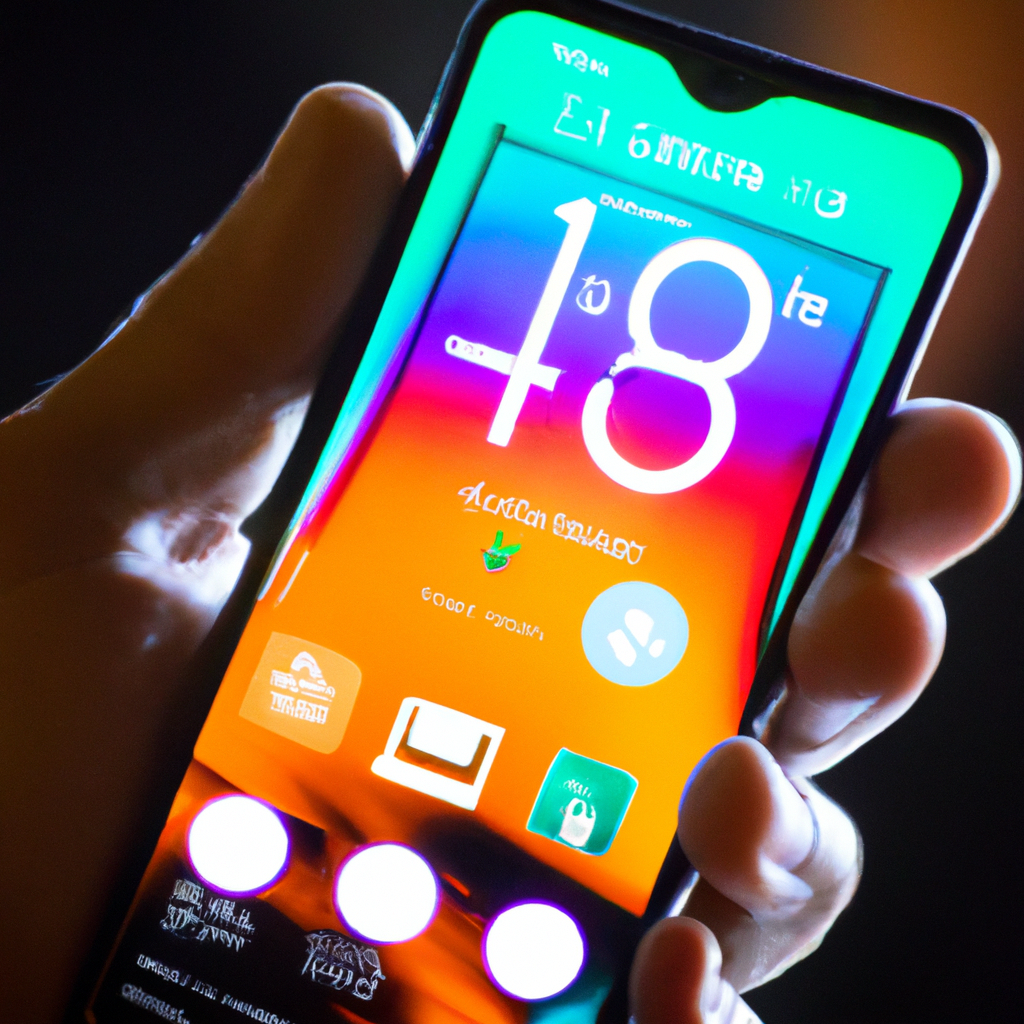
Customize and Conserve: Balancing Personalization and Battery Performance on Portable Devices
In an era dominated by portable devices, personalization and battery longevity are arguably two of the most crucial considerations for users. While customization grants devices a personal touch, it can sometimes lead to higher energy consumption, thus affecting battery life. This article explores how to balance the interplay between personalization and battery performance, ensuring a unique yet efficient user experience.
1. The Balance of Power and Personalization
Understanding the relationship between device customization and power consumption is essential:
- Personalization: This includes custom themes, live wallpapers, widgets, and other aesthetic elements that make the device truly unique.
- Battery Consumption: Personalization elements, particularly those that run continuously or require high resource usage, can tax the device’s battery significantly.
2. Customization Features and Their Impact
Certain personalization features have a significantly higher impact on battery life:
- Live Wallpapers: Animated or interactive wallpapers consume more power as they are ‘active’ even when not directly interacted with.
- Widgets: Constantly updating widgets, such as those for weather or social feeds, need to fetch data continuously, draining the battery faster.
- Custom Themes: Dark themes or night modes not only allow personal taste but also save battery life on OLED and AMOLED screens. Light themes or dynamic backgrounds, however, can drain battery quickly.
3. Balancing Personalization with Power Conservation
Deploying a few strategies can help you create a balance between customization and power efficiency:
- Smart Widget Usage: Limit the usage of frequently updating widgets or set them to update at longer intervals.
- Screen Optimization: Opting for a dark theme on devices with OLED or AMOLED screens can significantly conserve power, as these screens consume less energy displaying dark pixels.
- Selective Synchronization: Customizing the sync settings for your apps to update less frequently can reduce power consumption.
4. Tools to Monitor and Manage Power Usage
Several tools and settings can help you on your quest to balance customization and power conservation:
- Built-in Battery Monitoring: Both Android and iOS provide detailed battery usage stats, including which apps are power-hungry. Regularly monitoring can help you identify and modify settings of draining apps.
- Third-Party Applications: Apps such as AccuBattery and Battery Doctor provide detailed power usage stats and optimization recommendations.
5. Conclusion
Navigating the delicate balance between customization and power conservation can unlock the full potential of your device, granting a unique experience without compromising battery performance. By making smart customization choices and judicious monitoring and adjustment, you can enjoy a personalized yet efficient digital experience. So, go ahead and customize your device, but remember to keep the balance in mind.